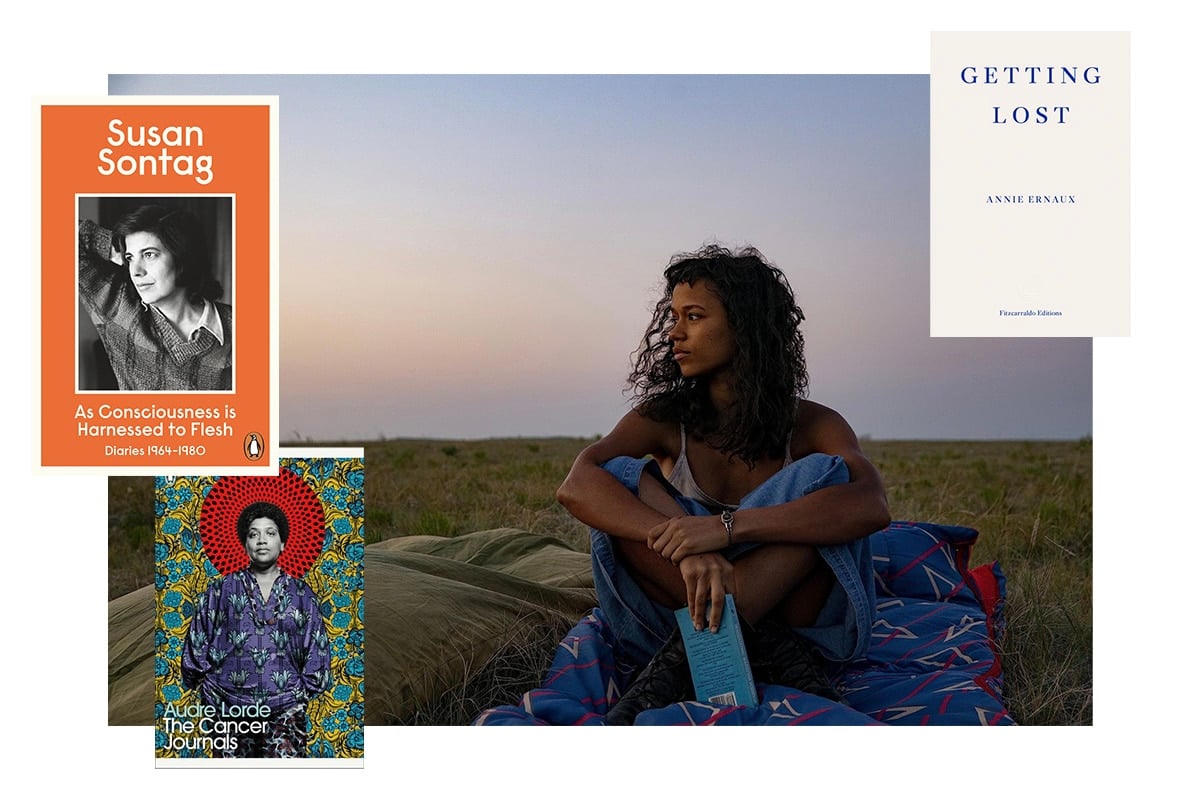
To tread past the initial warning page and read someone else's diary is one of those unspoken taboos. From Harry Potter to Derry Girls all evidence in pop culture shows the act to be strictly verboten. So when an author offers their most intimate entries up for public consumption, we say thank you and get busy reading.
This is especially true of female diarists. While the interior lives of women are becoming less rare on screen and in books, there's still a unique thrill when you encounter their voices – candid and unsparing. Especially those you already admire. Some of these books serve as manuals for living and dealing, others provide consolation that your struggles are not original. From Helen Garner's scrupulous diaries of marital malaise to the delicious observations from Tina Brown about publishing in New York City during the 80s. Take this list of diaries we love to read, from the female authors we've long admired.
The Cancer Journals, Audre Lorde
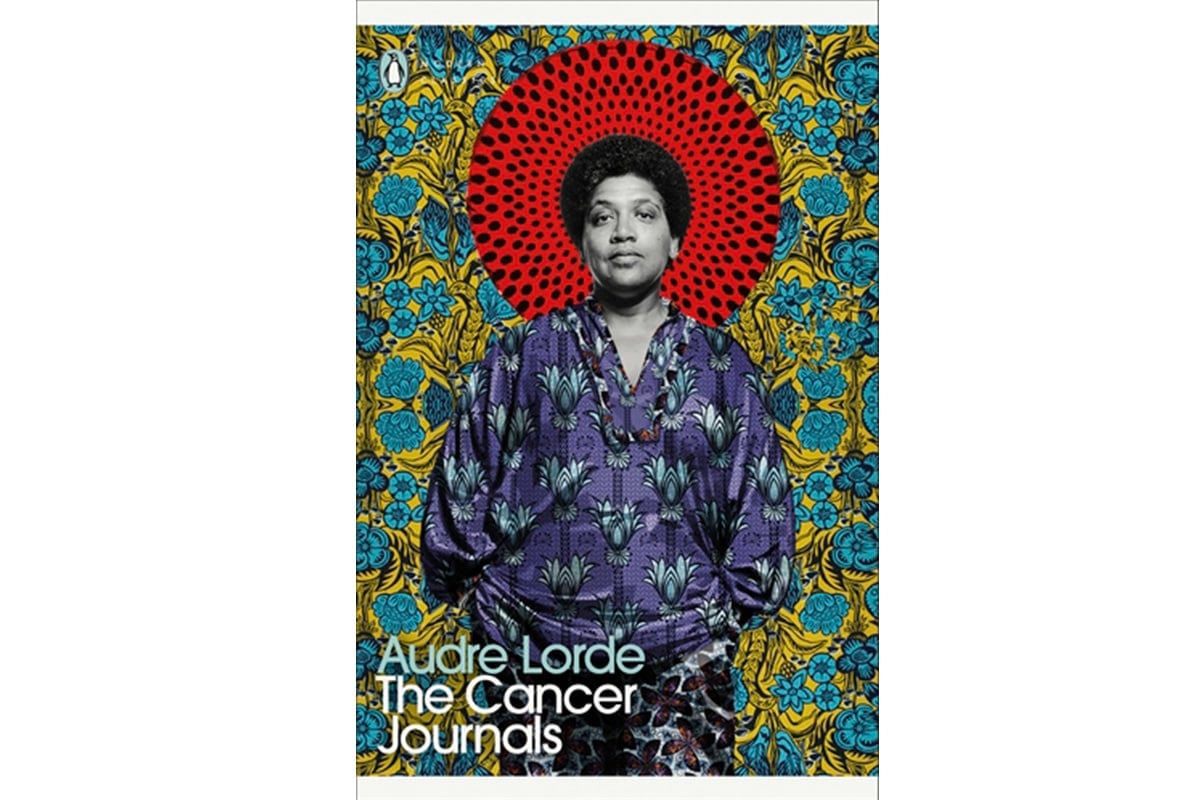
Audre Lorde proves once again how ahead of her time she was. In The Cancer Journals the Black feminist interrogates female pain, the cliches of illness – the lies, the trite metaphors and language, the shame – through her own diagnosis with breast cancer. First published in 1980, Lorde cuts through all the coddling cotton wool to deliver truths around what it is to be sick, to grieve your health, and to emerge on the other side, stronger, with eyes wide open.
Helen Garner's Diaries series
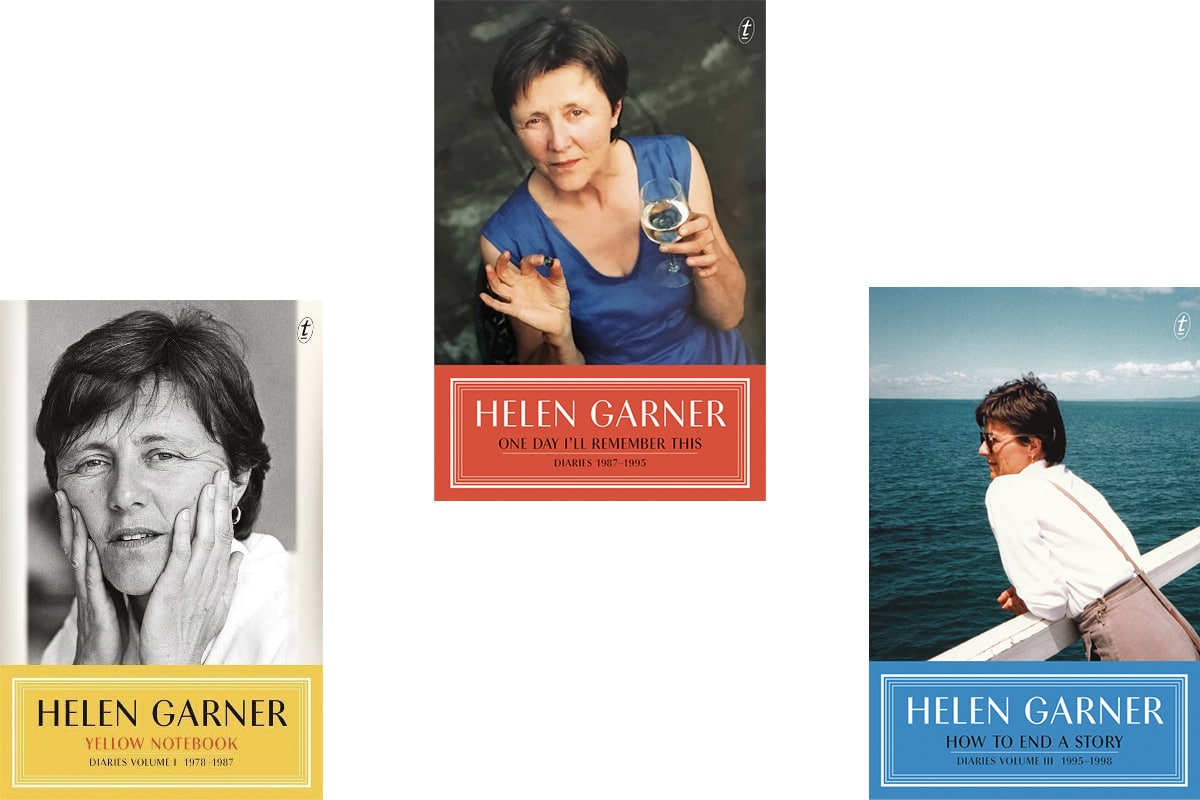
Diary writing is the backbone of Helen Garner's practice. Before there was Monkey Grip or The Children's Bach, there was Garner, sitting up in bed and running her fountain pen across a notebook; sometimes for an hour, sometimes only 10 minutes. There are many people who will say the author is at her best in her diary trilogy, maybe even Garner herself. It is her favourite version of her writing, after all. Yellow Notebook spans the decade following her literary debut, the second diary covers an affair and the furore around her coverage of a 1992 sexual harassment scandal at Ormond College, How To End A Story presents the facts of a marriage in which both parties are constantly redefining and warring. All capture Garner at her most observant and attentive.
Getting Lost, Annie Ernaux
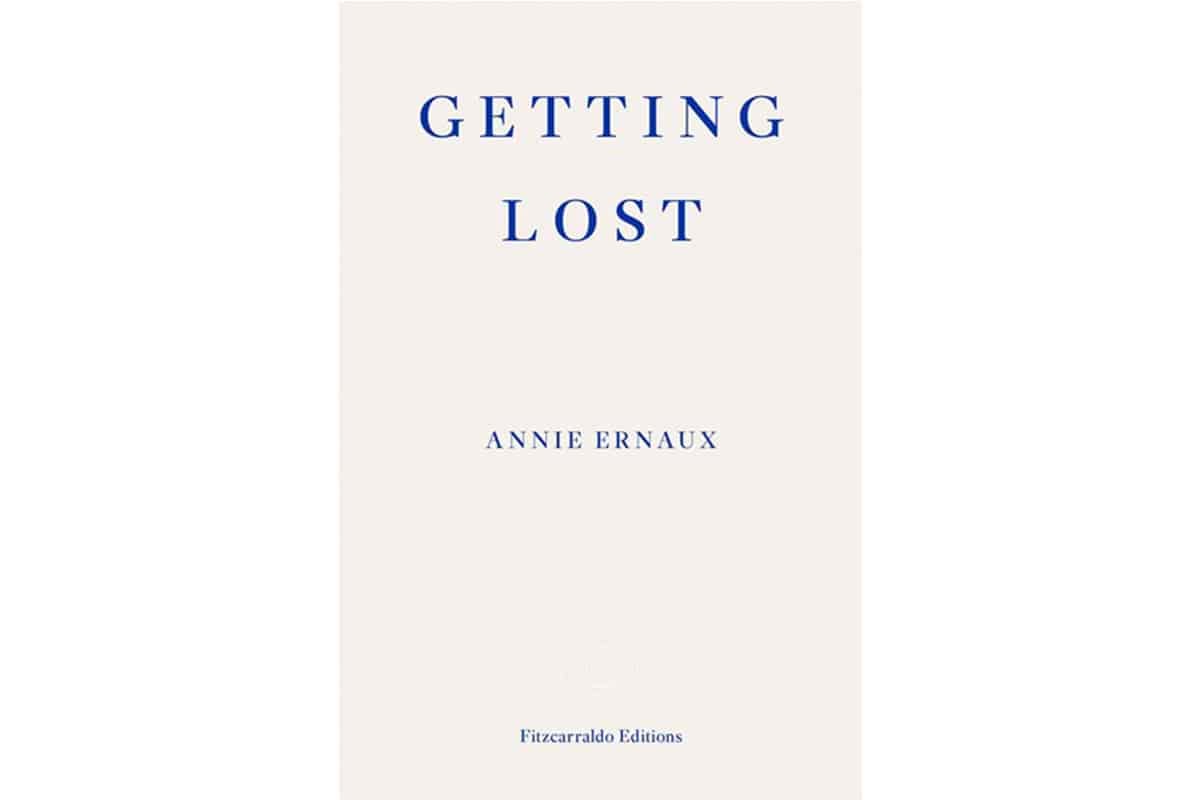
In Getting Lost Annie Ernaux presents her diary entries from the two year-long affair to a married man documented in Simple Passion. The affair begins in Leningrad in 1988, during the last day of a junket. Ernaux is 48, a mother, divorced; the man is 35, married, a Russian diplomat from the Soviet embassy in France. When the pair get back to Paris, they continue the affair, each act of lovemaking is an attempt to recreate the first time. Every time he leaves, Ernaux is terrified it's for good. The Guardian called Getting Lost "the more interesting version of the affair", we tend to agree.
As Consciousness is Harnessed to Flesh, Susan Sontag
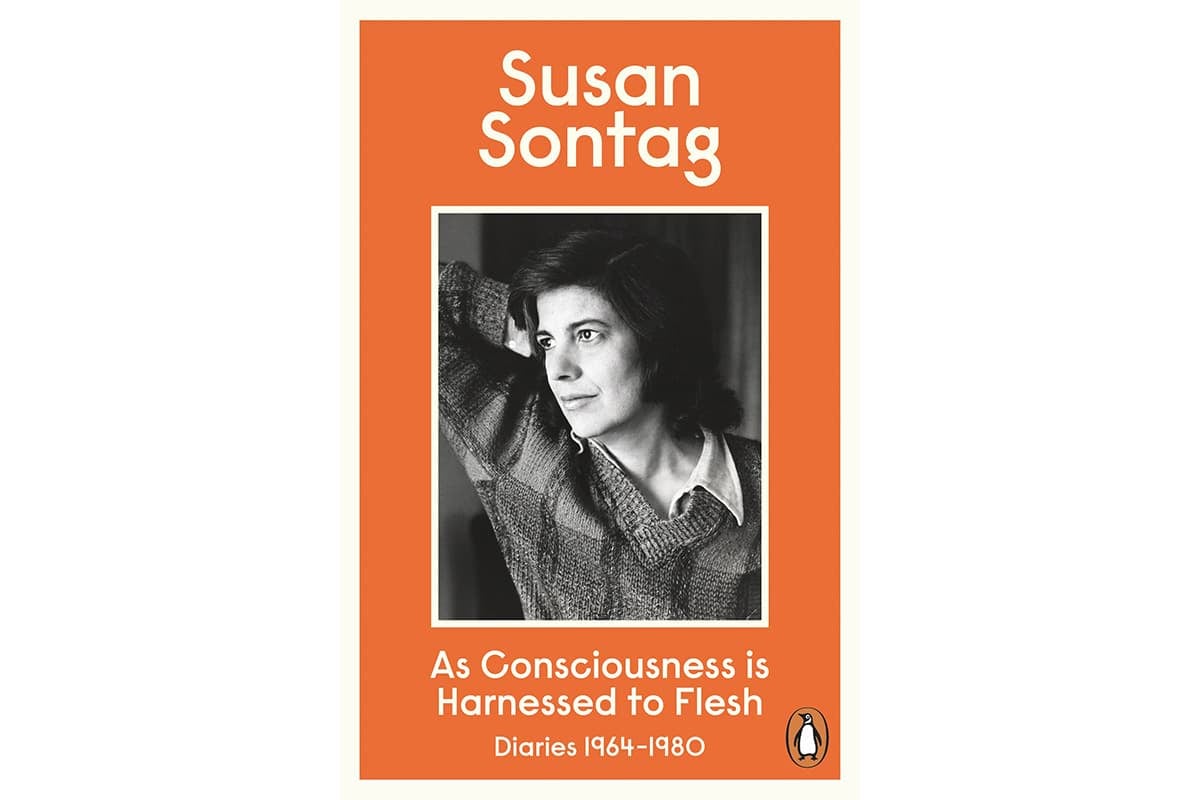
The second volume of three comprising Susan Sontag's journals, all edited by her son David Rieff. Where the first was polarising (readers felt discomfort that the diaries were not published with its authors approval and found it difficult to unite the diary's voice with the intellectual they came to love), As Consciousness is Harnessed to Flesh captures Sontag at her most prolific. She was in her 30s, had taken a step back from academia and was busy experiencing New York, it's culture and its people.
The Diary of Anaïs Nin, Anaïs Nin
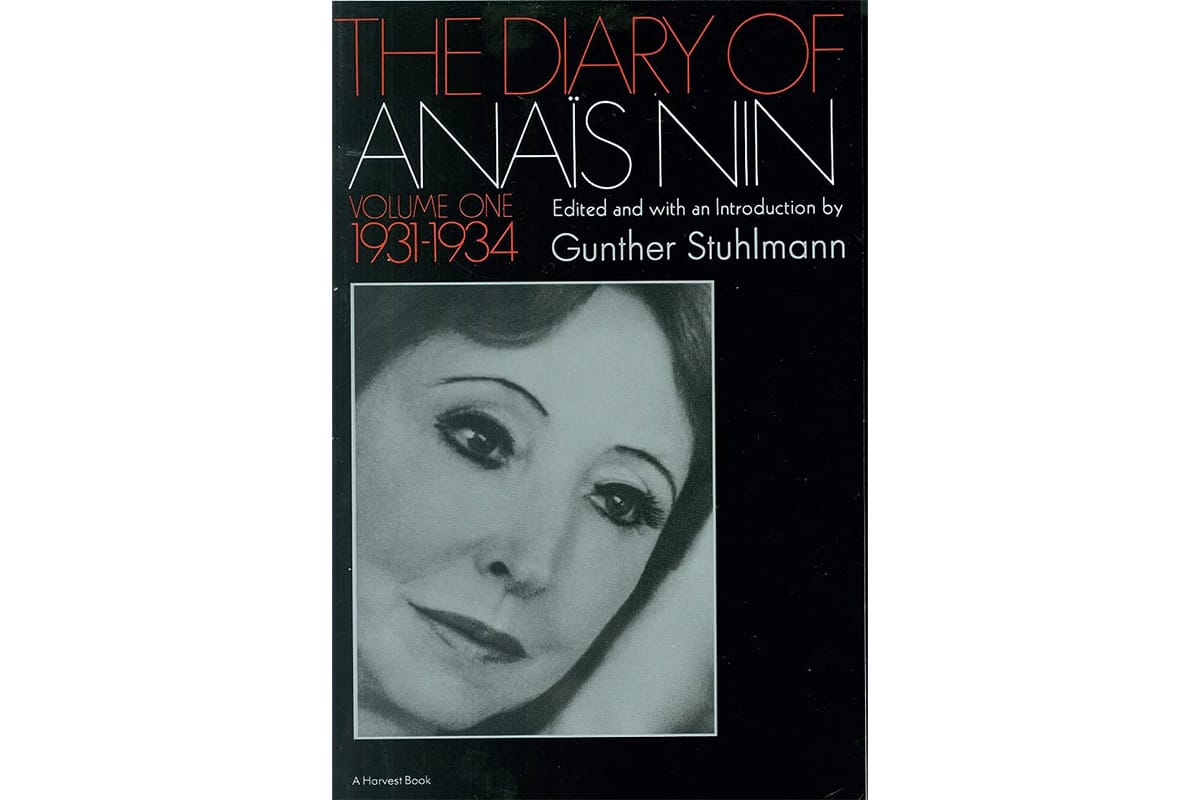
Anaïs Nin started her first diary aged 11 in 1914. The act would become compulsion, and when she died in 1977, her personal accounts would fill over 150 notebooks. This particular volume is a favourite, covering the period in which she would publish her first book. 1931 is also the year Nin met Henry Miller and his wife June, and later, in 1933 Nin would encounter her father for the first time, after he abandoned his family 20 years earlier.
South and West, Joan Didion

We think of California as being Joan's territory, but much of her best writing dwells outside of the West Coast. South and West is a compilation of the notebooks she kept in the 70s, the first chunk while road-tripping through Louisiana, Mississippi, and Alabama with her husband John, and the other section while sent to report on the Patty Hearst trial for a Rolling Stone feature that never got off the ground. The book is illuminating for many reasons, Didion wanders through towns so poor Pica is rife among the children and swims at Motels that have never seen a woman in a bikini before. But she also jots down the arguments on the road with John, her relationship to California and her writing process.
Bridget Jones' Diary, Helen Fielding
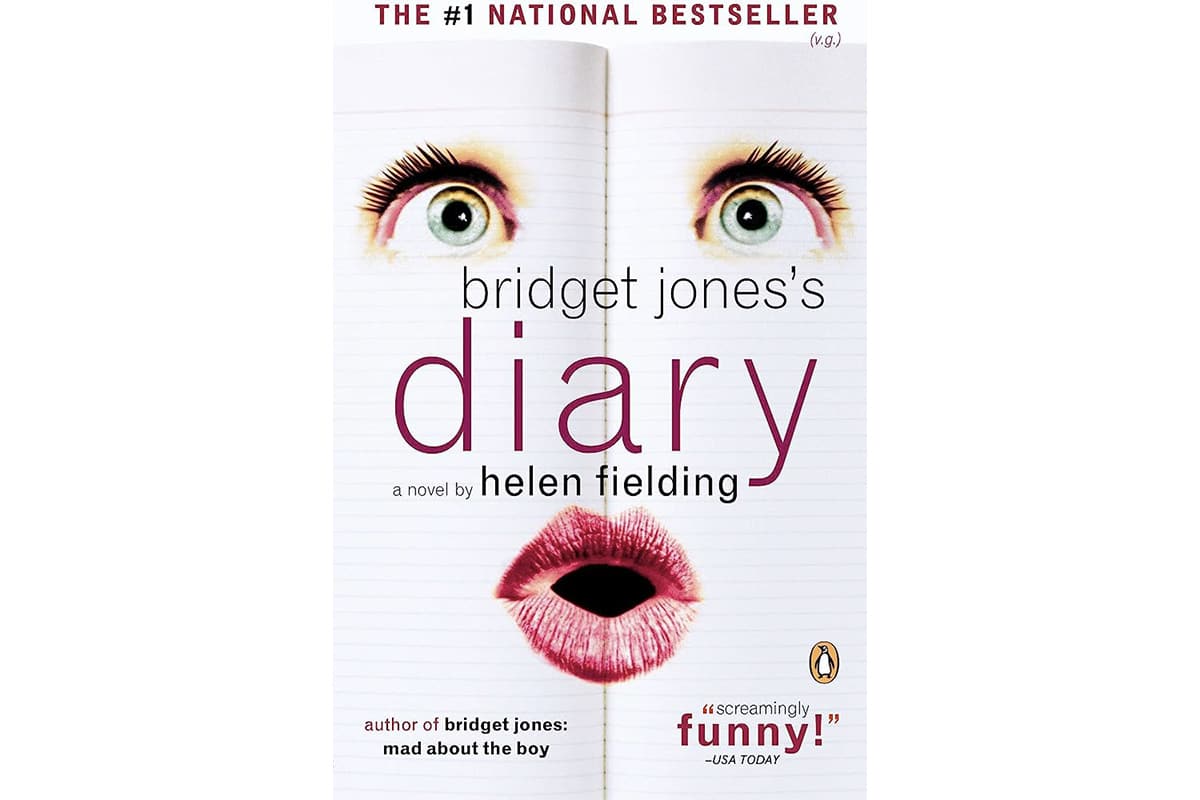
While this isn't Helen Fielding's diary or a work of nonfiction, we've added Bridget Jones' Diary to the list for a bit of reprieve. The Guardian named it one of the top 10 books to define the 20th century and this is no overstatement. The book, which mirrors Pride and Prejudice and was turned into a truly iconic film series, heralded a new genre of writing, even if it happened to be the much-maligned 'chick lit'. We return to the series a lot.
The Vanity Fair Diaries, Tina Brown
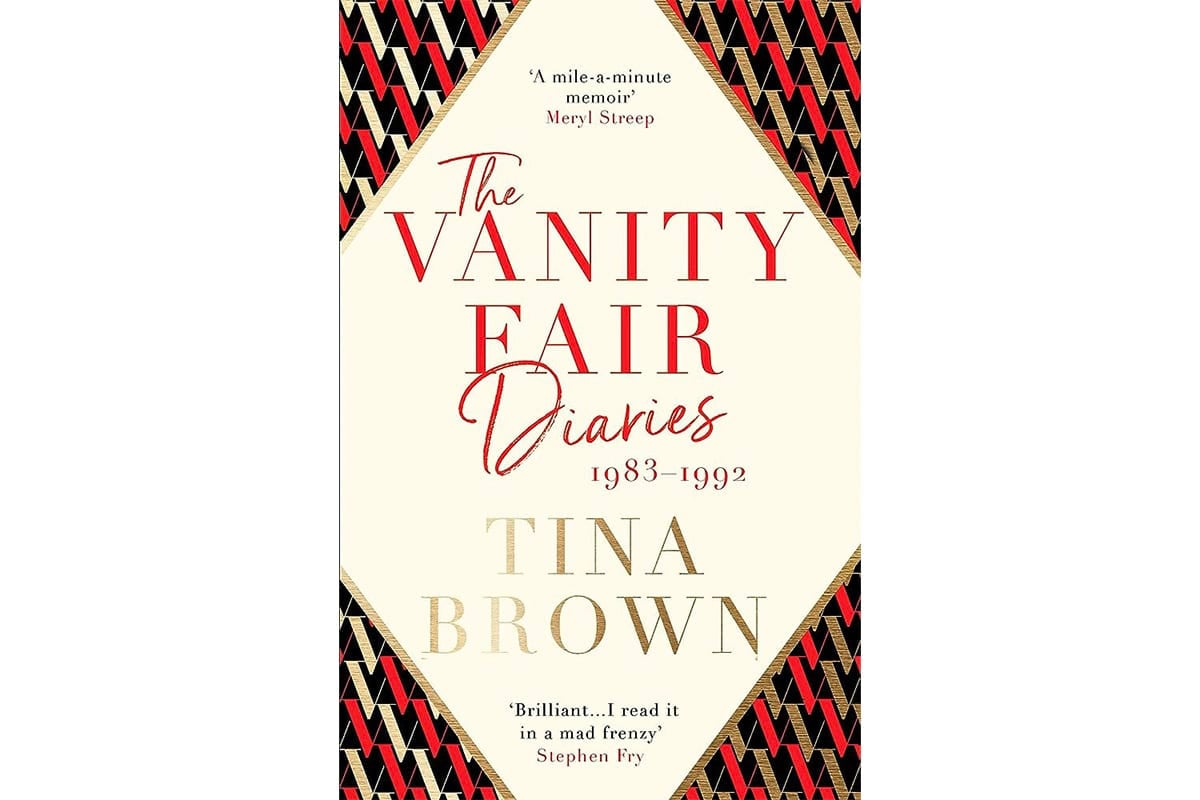
Ever wanted to sit in the brain of an editor? Introducing The Vanity Fair Diaries. Back when magazines meant big money in the 80s, Tina Brown crossed the Atlantic to steer the drowning ship at Vanity Fair. She shares her diaries from this period; giving us a candid look into Reagan-era New York City. Names like André Leon Talley, Anna Wintour, Annie Leibovitz, Nora Ephron and Joan Didion step into the picture, all while the AIDS crisis reaches boiling point in the background. Stay to find out about that pregnant Demi Moore cover and more business lunches at the Ritz-Carlton than you can stomach.
Patricia Highsmith: Her Diaries and Notebooks 1941-1995 by Patricia Highsmith
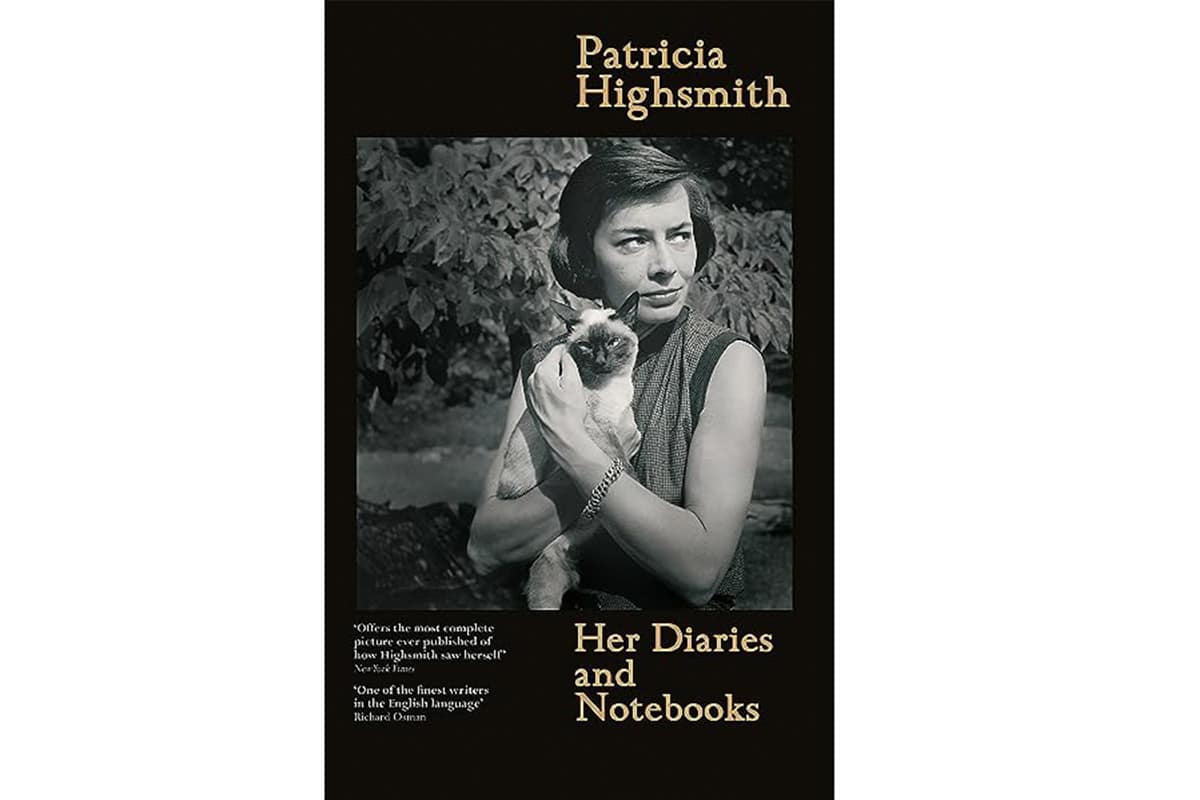
Patricia Highsmith, who famously holed up in her Switzerland home and kept to herself, left Anna von Planta an Easter egg in her closet following her death. It was over 8000 pages of memoir, something the author of The Talented Mr. Ripley and The Price of Salt had denied her devoted editor while still alive. This book is the product of years of whittling down those pages, which takes the reader from Highsmith's junior year at Barnard to her dizzying social life spent in 1940s Greenwich Village. For readers who have always found Highsmith to be more mysterious than the opaque figures of her books.
A Prayer Journal, Flannery O'Connor
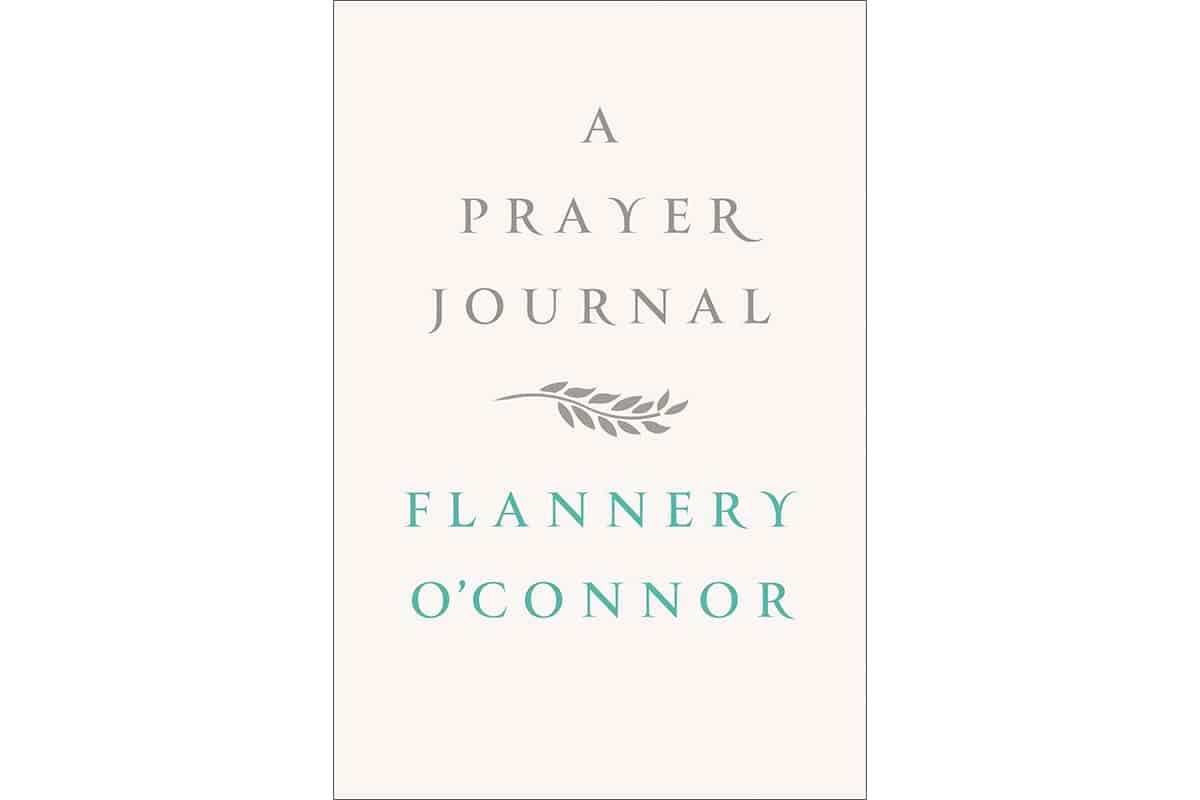
Written over the course of a year while studying at the famed Iowa Writers' Workshop, A Prayer Journal makes plain the inextricable link between writing, art and faith for O'Connor. Aged 21 and far away from her home in Georgia, each entry is addressed to God and tracks a young writer's yearning and ambition.
Image: imdb



